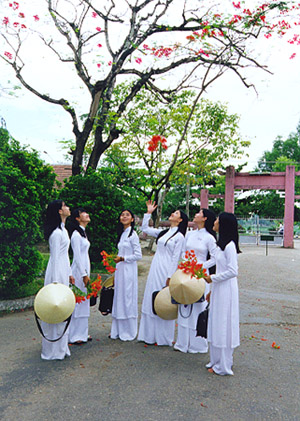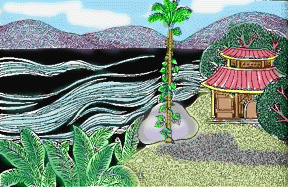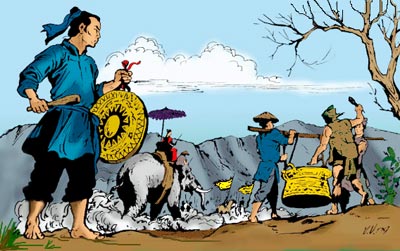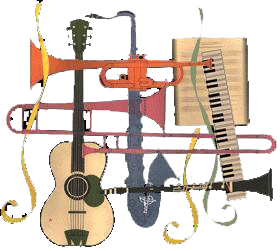Spotlights on Vietnamese Health Professionals in North America
On August 21, 2015 the Vietnamese American Medical Association (VAMA) holds a national convention in Tysons Corner (Washington, DC area), celebrating forty years of presence of the Vietnamese community in the US. On this occasion, Dr Nghia M. Vo publishes his monograph “Four Decades of Medical Training, Research, and Practice (1975-2015): The Vietnamese-American Experience’’, a study of the professional life of a score of health professionals, ranging from medical school professors, academic researchers, surgeons to primary care physicians, dentists, social workers and psychologists.
This is a very interesting book. It is not a "Who's Who in Vietnamese American Medicine". Which is a good thing, although one can find autobiographical success stories of famous Vietnamese American doctors in academic medicine, such as Dr Chi Van Dang, son of Dr Chieu V. Dang (former Saigon Medical School ‘s Dean), and formerly vice dean at Johns Hopkins Medical School; Dr Luong Tuyen Nguyen, a former professor of pediatric Surgery at McGill University, Montreal; and Dr Si Pham, the son of rice farmers who, as a boy in Vietnam before his escape from the country, used to help his siblings with herding water buffaloes. Dr Pham is now Director of Heart Lung Transplant and Medical Assist Devices programs at the University of Maryland School of Medicine. The recurrent formula for their success is talent, plus (arguably more importantly) hard work, and perseverance as their long life stories involve years and years of commitment and learning, facilitated by the educational and cultural environment of the US and Canada. This is a very important lesson for current youth in Vietnam, who after a long period of deprivation under austere socialist economy before "renovation' ("doi moi"), wants instant gratification, and also for leaders in Vietnam who are trying to find fast ways to replicate the successes of South Korea in science and technology.
Personally, I find especially interesting the stories (in chapter 19) by Chau Trinh Shevrin, DrPH, Lena Tran, MSW and Tien Ung, LICSW, PhD because of their unique personal insight into the psychology of younger refugees adapting to life in America. The story of Tien Ung who “reclaimed” her Vietnamese birth name Thuy Tien instead of her "Anglo" name Daffodil (Thuy Tien means daffodil), and who had to cheat on her spelling test, got caught and humiliated the day after her father’s suicide is very poignant. Also very inspiring is the story of University of Texas (UTMB) Medical Branch Professor Tung Van Dinh (1930-2003), a formerly well known doctor in Danang and a professor at the Hue Medical School before the fall of Saigon on April 30th, 1975, who started a program to help with medical care and education in Da Nang after US-Vietnamese diplomatic relations were reestablished. Amazingly, all his children not only become successful doctors and professionals in the US, they keep alive and expand his philanthropic work into a sizable and continuous participation in improving the health of many Vietnamese. The story of Children's Genital Reconstruction Program, which began with the story of a Vietnamese baby who lost his genitalia and his right leg when he was abandoned by his mother in the woods, is also a miracle in itself, when a philanthropist and doctors from the US and Italy join strength in Vietnam to improve the life of children with congenital or acquired genital defects. Philanthropy at an organized level among first and 1.5 generations of Vietnamese American professionals is something that should be highly appreciated and encouraged.
Other memorable cameos:
- Dr Hong Dang Bui tells how her father, Dr Chieu Van Dang, Saigon Medical School Dean and Neurosurgery Professor, trained himself in neurosurgery. He rushed his daughter to Cho Ray Hospital in Saigon when there was an unclaimed cadaver, then she would wait outside the morgue while her father spent hours operating on the corpse.
- Coming to the US at an early age, Dr Ngo Metzger and Dr Tung Thanh Nguyen (his mother suffered from depression which "shaped his view of medicine as a career") raised awareness about the problems and needs of Vietnamese immigrants (versus the lumped together "Asian model minority") in the US health care community.
- Dr Mylene T. Huynh, a retired colonel, relates a story of a former communist female combatant whose life was saved by US medics during the Vietnam war when she was severely injured. The now elderly woman "lit up with joy" and reached out to embrace" the US military personnel in uniform who came to Hue for a medical mission in 2007.
- Dr Pham Hieu Liem, a professor in geriatrics, decided to go into medicine after he read Dr Tom Dooley's book "Deliver Us from Evil" relating his role in helping the exodus of one million Vietnamese from North Vietnam in 1954. During a lunch break, he met with Dr Rodney "Pete" Paterson, who asked him what influenced him in choosing a medical career. It turned out that Paterson was a "Navy medic serving under Dr Tom Dooley on one of those ships providing care to the refugees", and Dooley himself encouraged "Pete" to apply for medical school. Another interesting detail provided by Dr Paterson: "many of the refugees suffered from seasickness and from the strange taste of American Naval rations; his duties had included cleaning the ship deck of the resulting vomit".
Congratulations to the editor, Dr Nghia M. Vo, who is a multi-talented surgeon, researcher and prolific writer, for bringing us a very interesting snapshot of what has been happening in the professional lives of Vietnamese health care professionals in the last four decades, since the collapse of the Republic of Vietnam and the formation of the new Vietnamese diaspora.
Hien V. Ho, MD
8/14/2015
(Edited for Langhue.org)













